In 2025, investors aren’t just funding ideas; they’re funding validated MVPs. The startup world has shifted from promising concepts to proven traction, where founders who can show results early have a competitive edge.
A Minimum Viable Product (MVP) is the simplest, most essential version of your product that demonstrates its core value to real users. It helps you test assumptions, collect feedback, and adapt before making big investments. But more importantly, it’s your gateway to funding — a tangible proof that your idea works.
Building the right MVP by opting right MVP Development Services is no longer just a development task; it’s a strategic process that blends smart product design, lean execution, and investor readiness. In this guide, we’ll break down how to build an MVP and raise funding successfully in 2025, covering every step of the MVP development process and practical early-stage funding tips to help you stand out in today’s competitive startup landscape.
What Is MVP?
A Minimum Viable Product (MVP) is the simplest version of a product built to test your business idea in real market conditions. It focuses only on the core features that solve a specific user problem, allowing you to validate demand, collect feedback, and refine your concept before full-scale development. The approach, inspired by the Lean Startup methodology, helps founders avoid costly mistakes and gain valuable insights early in the product development journey.
In 2025, MVPs have become more intelligent and data-driven, thanks to AI integration services and automation tools that enable businesses to analyze user behavior and optimize performance in real-time. Partnering with an experienced MVP development company ensures you can design, build, and iterate efficiently while reducing risks and development costs. Simply put, an MVP lets you launch faster, learn smarter, and attract investors with tangible results rather than just an idea.
Benefits Of Building An MVP
MVP development is one of the most intelligent methods for a startup MVP development company to test product-market fit, minimize risk, and maximize investments. It makes it possible for startups to have real users try their idea before they scale. This way, every decision is data-driven rather than vision-driven. With AI integration services or a web development company, having an MVP can help you launch faster, gain funding opportunities, and enhance your product roadmap of practical, real-world use.
Here’s how MVP development prompts startup success:
1. Early Product Insights
Getting your MVP in front of users helps you gain valuable feedback and understand the user patterns. This eventually allows you to test ideas, identify user pain points, and understand the core features better. Moreover, since the product is in its initial stages, any changes will be much cheaper. Startups that use MVPs are found to be twice as likely to succeed after collecting valuable customer feedback, which helps to ensure a smooth product-market fit.
3. Focus on Core Business Activities
Running databases on your own has always been long-winded and resource-intensive. When organizations offshore database development, they are free to concentrate on the focus of their company, product innovation, customer service, and market expansion.
For example, a company that specializes in AI chatbot development can incorporate conversational AI features into your overall system and enable your employees to automate tedious tasks without losing control over your structured data. This strategic focus increases overall productivity and drives business progress.
4. Scalability and Flexibility
Business data requirements are dynamic. As your business expands, so does the amount of data and complexity of questions that need to be answered with analytics. Database development services that are outsourced offer the advantage of ramping up or reducing resources as required for a project.
This flexibility also means your database will scale with your business needs without the need for expensive or time-consuming upgrades. In addition, companies with AI business solutions can easily deploy AI-powered analytics, predictive modeling, and smart data processing to make you even better at decision-making.
5. Enhanced Security and Compliance
Data breaches and non-compliance with regulations can have devastating consequences. Outsourcing database development to specialized firms ensures that your data is handled securely and in compliance with industry standards such as GDPR, HIPAA, or ISO.
Professional teams implement advanced security measures, perform regular audits, and monitor for vulnerabilities. Partnering with an AI chatbot development company can also help secure sensitive customer interactions, as AI-powered solutions can anonymize, encrypt, and manage large volumes of transactional and conversational data efficiently.
6. Faster Project Delivery
Time-to-market is the essence in this competitive world today. Businesses can speed the project timelines by offloading database development to a team that knows how to execute work efficiently and apply best practices.
Placed developers can roll out database solutions fast, add new features, and integrate with other software. Furthermore, both outsourced database services and AI capabilities from AI business solutions providers can be used together to automate data workflows, minimizing manual interventions, while accelerating operational processes.
7. Access to Latest Technologies
There is always new technology being developed, and it can be hard to keep up with database platforms, tools, and trends when that isn’t your internal IT team’s specialty. Many third-party providers have knowledge of things like cloud databases, real-time analytics, AI-driven data processing, and big data frameworks — some even specialize in them.
This cutting-edge tools can be used by companies without the necessity to continuously train internal personnel or upgrade infrastructure. Businesses that are working with an AI chatbot development company can go a step further and incorporate AI-driven insights straight into their databases, building even smarter structures to improve decision-making.
8. Risk Mitigation
Database development outsourcing also minimizes risks of errors, system crashes, and project slowdowns. Reputable teams employ tried-and-true strategies, backup procedures, and disaster recovery plans to maintain integrity and keep business running.
Paired with AI business solutions, these offerings can also monitor performance, anticipate issues that may cause problems within the database, and optimize database activity to minimize downtime and operational risks.
8 Steps To Build an MVP
Are you an aspiring entrepreneur or product owner trying to figure out how to create a minimal viable product (MVP) that would appeal not only to users but also to potential investors?
In 2025, starting a startup without validation or an early market test is risky. This is where MVP development comes in, a tactical, agile way to test your concept, cut MVP development costs, and win real user feedback before you scale.
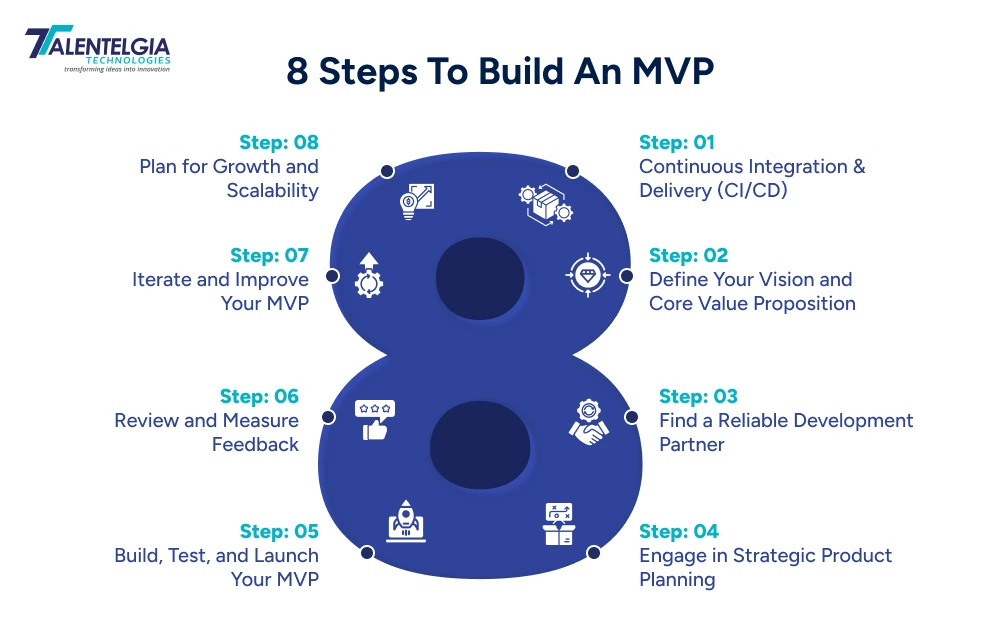
In the sections below, we’ve described 8 selective steps on how to build an MVP – ranging from idea validation to post-launch growth. Read on to learn how to transform your idea into a proven, investor-ready product.
Want In-depth MVP Costing? Read Here
Step 1: Market research and validation of your idea.
The key to creating a successful MVP is knowing exactly who your target audience is. Doing thorough market research will make sure that your idea will address a real pain and there is even demand in the market.
Use an instrument like Google Surveys, SurveyMonkey, or Qualtrics to understand user behavior, preferences, and purchasing intentions. Learn from your competitors, what’s working for them, where they are lacking, and how your idea can do it better.
After all, MVP development 2025 is about smart data-driven choices. You’ll use these learnings to understand how to frame your product roadmap, features, and positioning for the most traction.
Step 2: Define Your Vision and Core Value Proposition
Once you’ve validated the market, define what your MVP will actually achieve. Ask yourself:
- What problem does my product solve?
- Who is my ideal customer?
- How will my solution stand out?
This stage helps you articulate your value proposition clearly, the “why” behind your product. Your MVP doesn’t need to be packed with features; instead, focus on one core functionality that solves your audience’s biggest pain point.
Clarity here not only ensures a focused MVP but also strengthens your pitch when seeking funding from investors later.
Step 3: Find a Reliable Development Partner
One of the most important questions in your MVP development path is whether you should develop it in-house or outsource. Having an in-house team provides more control for sure, also costs much more, not something a startup with limited resources could afford.
When you outsource MVP development to reliable technology sticks or SaaS-centric companies, you should be able to:
- Access top-tier development expertise
- Reduce time-to-market
- Maintain flexibility and scalability
For example, there are a lot of companies in CEE (Central and Eastern Europe) that provide top-notch MVP development at very reasonable prices. This enables startups to put more of their capital toward marketing, growth, and validation, rather than infrastructure.
Step 4: Engage in Strategic Product Planning
Once you have your team of developers in place, it’s time to plan. This phase — referred to commonly as the Discovery Phase- connects your business objectives with the technical execution.
Together with your team, outline:
These are the features that you need for your MVP:
- User flow and design prototype
- Estimated timeline and cost breakdown
Here’s a piece of professional advice: Do not overbuild. The MVP is just a product version with the bare minimum set of features that provide your product’s core value. Adopting an agile approach makes the process flexible; companies can respond promptly to feedback and refine their offering rather than relying on rigid initial assumptions.
If your startup is SaaS (Software as a Service) based, aim to provide one frictionless feature, such as onboarding effortlessly or tracking data analytics in real-time, that shows your immediate value.
Step 5: Build, Test, and Launch Your MVP
With a clear plan and prototype, you can now start developing your MVP.
The development team creates a clickable prototype or wireframe first, which helps visualize how the final product will function. Once approved, they move into coding and integration.
Testing plays a vital role here. Regular internal testing ensures your MVP is functional, intuitive, and stable before it reaches real users.
When ready, launch your MVP to a small audience, typically early adopters or beta testers. Use this phase to observe real-world usage, collect feedback, and identify any friction points.
Remember: your first launch isn’t about perfection, it’s about validation and learning.
Step 6: Review and Measure Feedback
Once your MVP is launched, keep an eye on user responses rather than the implementation of new tech.
Seek feedback with in-app surveys, interviews, and analytics tools like Mixpanel or Google Analytics. This data helps you understand:
- Which features do users love
- What frustrates them
- Where improvements are needed
Early adopters play a crucial role in validating or challenging your assumptions and give you something to work with as you make your product better. This is a virtuous cycle for building traction and showing investors proof-of-concept.
Step 7: Iterate and Improve Your MVP
After analyzing the feedback, refine your MVP iteratively.
Enhance features that drive engagement, remove unnecessary elements, and fix usability issues. Adopting an agile approach allows your team to respond to real-time data quickly.
At this point, startups often begin preparing for funding rounds by showcasing traction metrics user growth, retention rates, and engagement, to strengthen their pitch. Investors want to see that your MVP isn’t just an idea but a validated, scalable solution.
Step 8: Plan for Growth and Scalability
Once your MVP is validated, it’s time to think long-term. This means moving from a functional MVP to a scalable product ready for commercialization.
Consider strategies like:
- User acquisition: Leverage social media, SEO, and content marketing.
- Retention: Introduce loyalty programs or advanced personalization.
- Monetization: Explore freemium models, subscriptions, or in-app purchases.
- Partnerships: Collaborate with complementary businesses to reach wider audiences.
If your MVP is in the SaaS domain, scaling could involve migrating to a cloud-native architecture or introducing automation to handle growing demand.
How To Secure Funding For Your MVP?
After launching a minimum viable product (MVP), the biggest challenge for many startups is to get funded. No matter if you have a SaaS, mobile, or even Lean Startup MVP thing going on, finding the perfect investors for that is a strategic game, and there’s some preparation to follow, and good communication skills are mandatory.
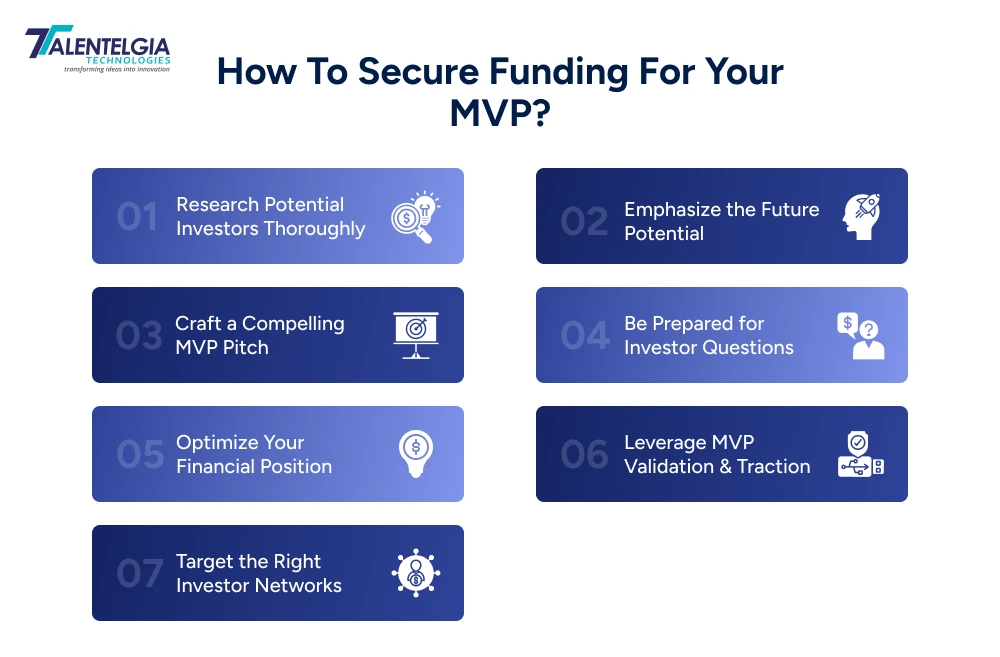
Here’s a practical guide on how to secure funding for your MVP in 2025 and attract the attention of the right MVP pitch investors.
1. Research Potential Investors Thoroughly
Even if your concept has promise, raising money for a prototype or early-stage startup is rarely easy. The first step is to do your homework on investors.
Check out their investment history, areas of interest, and average funding. Others are drawn to SaaS platforms, some like AI-driven solutions, and want in on mobile app development companies. When you match your MVP to what interests them, you stand a greater chance of winning the nod.
“Investors are a little more dwell and selective during such an uncertain macro backdrop”. Learning what they value most and how much risk they can stomach can enable you to frame your approach, presenting your Lean Startup MVP as an arbitrage opportunity with lower relative risks and higher upside.
2. Emphasize the Future Potential
When pitching your MVP, it is not only about presenting something that you have built but also about how to grow and scale in the future. Investors want to see potential and a roadmap for progress.
So, for example, if you’re building an iOS and Android social networking mobile app, demonstrate:
- How can you bring customers to your platform
- Potential engagement patterns
- Monetization avenues from SaaS subscriptions, premium features, or AI integration services
The trick is to demonstrate to investors that your prototype isn’t just an idea, but a scalable solution with tangible potential returns.
3. Craft a Compelling MVP Pitch
It’s your pitch that sits between your MVP and investors. A strong pitch should:
- Emphasize what your product actually does that’s of value.
- Present early validation or user feedback
- Provide a crystal-clear vision of growth and monetization
For instance, a SaaS app for food delivery may underline the growth of online orders, return customers, as well as loyalty tactics. Likewise, a mobile app development company leveraging AI features can make an impression by explaining how AI for business and AI integration services ensure efficiency as well as customer satisfaction.
You intend to make investors realize what’s in it for them by supporting your Lean Startup MVP.
4. Be Prepared for Investor Questions
Your MVP and business model will be closely examined by investors. Anticipate questions on:
- Market competition and differentiation
- Scalability and technical feasibility
- Customer retention and user traction
- Risks and mitigation strategies
Transparency is key. Acknowledge potential challenges and show how your agile development process, with continuing product enhancements, will clear them. Transparency builds trust and adds to your leverage with MVP pitch investors.
5. Optimize Your Financial Position
Before you approach investors, make sure your startup has a financial plan. This includes:
- Knowing your burn rate and runway
- Defining though essential expenses and allocating resources
- Planning how the investors’ money will be spent
A tidy financial snapshot shows that you are the responsible and reliable custodian investors need to believe will manage their investment wisely.
6. Leverage MVP Validation and Traction
Investors like to invest in products that have already been validated and have early traction. Gather and display proofs of the following:
- Beta user engagement
- Early subscriptions or pre-orders
- Positive feedback from initial testing
This data demonstrates that your prototype is not just a concept, it’s a validated MVP ready to scale. Accentuate how AI business solutions or AI integration services could improve function, analytics, or UX, thereby making your startup even better.
7. Target the Right Investor Networks
Finding the right investors is just as important as the pitch itself. Consider:
- Angel investor networks
- Venture capital firms with a focus on SaaS or tech startups
- Accelerators or incubators supporting Lean Startup MVP projects
Attend startup events, pitch competitions, and tech conferences. Building relationships with MVP pitch investors increases your visibility and opens doors to potential funding opportunities.
MVP Development Cost
Estimating the cost of MVP development is not a one-size-fits-all process. It depends on several factors like app complexity, design, development approach, and the expertise of your team. Whether you partner with a mobile app development company, hire freelancers, or choose AI business solutions with integrated automation, understanding these cost drivers helps you make informed budgeting decisions.
Below is a detailed breakdown of the MVP development cost structure by different factors, team types, and developer experience levels.
| Factor | Description | Estimated Cost Range (USD) |
| Overall MVP Development Cost | The average range for MVP development and maintenance depends on app complexity, features, and team location. | $15,000 – $150,000+ |
| Application Type | Simpler apps with limited features cost less; complex apps with multiple integrations, advanced logic, and APIs cost more. | $15,000 – $70,000 |
| UI/UX Design | Includes wireframes, prototypes, and user interface design. A strong design enhances brand identity even at the MVP stage. | $5,000 – $20,000 |
| Development Team Type | Cost varies significantly based on whether you hire in-house, local, freelancers, or outsource offshore. | See below |
A. MVP DEVELOPMENT COST BY DEVELOPMENT TEAM TYPE
| Team Type | Key Details | Approx. MVP Development Cost (USD) |
| In-House Team | Includes developer salaries, infrastructure setup, licenses, and benefits. Offers full control but high fixed costs. | $132,000 – $155,000 |
| Freelancers | Budget-friendly but may face communication and reliability challenges. | $4,000 – $15,000 |
| Local Agency/Team | Provides better collaboration and communication but is costly compared to outsourcing. | $160,000 – $180,000 |
| Outsourced (Offshore) Team | Most cost-effective option with dedicated project management and skilled talent. | $30,800 – $36,000 |
B. MVP DEVELOPMENT COST BY DEVELOPER EXPERIENCE
| Experience Level | Description | Hourly Rate (USD) |
| Junior Developer | 0–1 year of experience | $15 – $30 |
| Mid-Level Developer | 1–5 years of experience | $30 – $60 |
| Senior Developer | 5+ years of experience with specialized skills | $60 – $120+ |
Conclusion
Building a Minimum Viable Product (MVP) is one of the smartest strategies for any startup looking to gain early traction, secure funding, and validate its prototype before scaling. In today’s competitive SaaS landscape, investors prioritize validated products over raw ideas, making a well-developed MVP your most powerful pitch tool. By following an agile approach, startups can minimize risks, gather user validation, and iterate quickly to meet real market demands.
Whether your goal is to build a SaaS MVP, attract early adopters, or win startup MVP funding, remember: a well-planned MVP isn’t just the first version of your product — it’s the foundation that transforms your vision into an investor-ready reality.


 Healthcare App Development Services
Healthcare App Development Services
 Real Estate Web Development Services
Real Estate Web Development Services
 E-Commerce App Development Services
E-Commerce App Development Services E-Commerce Web Development Services
E-Commerce Web Development Services Blockchain E-commerce Development Company
Blockchain E-commerce Development Company
 Fintech App Development Services
Fintech App Development Services Fintech Web Development
Fintech Web Development Blockchain Fintech Development Company
Blockchain Fintech Development Company
 E-Learning App Development Services
E-Learning App Development Services
 Restaurant App Development Company
Restaurant App Development Company
 Mobile Game Development Company
Mobile Game Development Company
 Travel App Development Company
Travel App Development Company
 Automotive Web Design
Automotive Web Design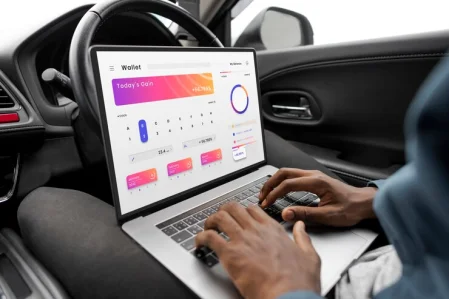
 AI Traffic Management System
AI Traffic Management System
 AI Inventory Management Software
AI Inventory Management Software
 AI Software Development
AI Software Development  AI Development Company
AI Development Company  AI App Development Services
AI App Development Services  ChatGPT integration services
ChatGPT integration services  AI Integration Services
AI Integration Services  Generative AI Development Services
Generative AI Development Services  Natural Language Processing Company
Natural Language Processing Company Machine Learning Development
Machine Learning Development  Machine learning consulting services
Machine learning consulting services  Blockchain Development
Blockchain Development  Blockchain Software Development
Blockchain Software Development  Smart Contract Development Company
Smart Contract Development Company  NFT Marketplace Development Services
NFT Marketplace Development Services  Asset Tokenization Company
Asset Tokenization Company DeFi Wallet Development Company
DeFi Wallet Development Company Mobile App Development
Mobile App Development  IOS App Development
IOS App Development  Android App Development
Android App Development  Cross-Platform App Development
Cross-Platform App Development  Augmented Reality (AR) App Development
Augmented Reality (AR) App Development  Virtual Reality (VR) App Development
Virtual Reality (VR) App Development  Web App Development
Web App Development  SaaS App Development
SaaS App Development Flutter
Flutter  React Native
React Native  Swift (IOS)
Swift (IOS)  Kotlin (Android)
Kotlin (Android)  Mean Stack Development
Mean Stack Development  AngularJS Development
AngularJS Development  MongoDB Development
MongoDB Development  Nodejs Development
Nodejs Development  Database Development
Database Development Ruby on Rails Development
Ruby on Rails Development Expressjs Development
Expressjs Development  Full Stack Development
Full Stack Development  Web Development Services
Web Development Services  Laravel Development
Laravel Development  LAMP Development
LAMP Development  Custom PHP Development
Custom PHP Development  .Net Development
.Net Development  User Experience Design Services
User Experience Design Services  User Interface Design Services
User Interface Design Services  Automated Testing
Automated Testing  Manual Testing
Manual Testing  Digital Marketing Services
Digital Marketing Services 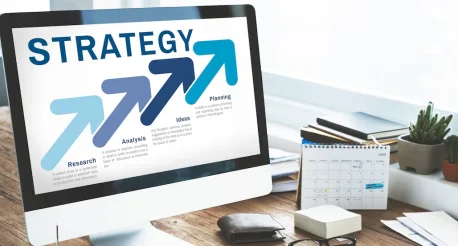
 Ride-Sharing And Taxi Services
Ride-Sharing And Taxi Services Food Delivery Services
Food Delivery Services Grocery Delivery Services
Grocery Delivery Services Transportation And Logistics
Transportation And Logistics Car Wash App
Car Wash App Home Services App
Home Services App ERP Development Services
ERP Development Services CMS Development Services
CMS Development Services LMS Development
LMS Development CRM Development
CRM Development DevOps Development Services
DevOps Development Services AI Business Solutions
AI Business Solutions AI Cloud Solutions
AI Cloud Solutions AI Chatbot Development
AI Chatbot Development API Development
API Development Blockchain Product Development
Blockchain Product Development Cryptocurrency Wallet Development
Cryptocurrency Wallet Development About Talentelgia
About Talentelgia  Our Team
Our Team  Our Culture
Our Culture 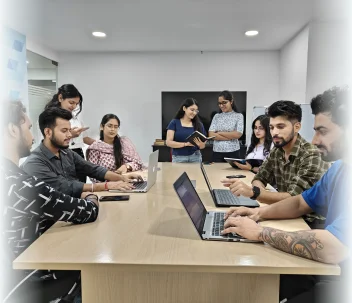
 Healthcare App Development Services
Healthcare App Development Services Real Estate Web Development Services
Real Estate Web Development Services E-Commerce App Development Services
E-Commerce App Development Services E-Commerce Web Development Services
E-Commerce Web Development Services Blockchain E-commerce
Development Company
Blockchain E-commerce
Development Company Fintech App Development Services
Fintech App Development Services Finance Web Development
Finance Web Development Blockchain Fintech
Development Company
Blockchain Fintech
Development Company E-Learning App Development Services
E-Learning App Development Services Restaurant App Development Company
Restaurant App Development Company Mobile Game Development Company
Mobile Game Development Company Travel App Development Company
Travel App Development Company Automotive Web Design
Automotive Web Design AI Traffic Management System
AI Traffic Management System AI Inventory Management Software
AI Inventory Management Software AI Software Development
AI Software Development AI Development Company
AI Development Company ChatGPT integration services
ChatGPT integration services AI Integration Services
AI Integration Services Machine Learning Development
Machine Learning Development Machine learning consulting services
Machine learning consulting services Blockchain Development
Blockchain Development Blockchain Software Development
Blockchain Software Development Smart contract development company
Smart contract development company NFT marketplace development services
NFT marketplace development services IOS App Development
IOS App Development Android App Development
Android App Development Cross-Platform App Development
Cross-Platform App Development Augmented Reality (AR) App
Development
Augmented Reality (AR) App
Development Virtual Reality (VR) App Development
Virtual Reality (VR) App Development Web App Development
Web App Development Flutter
Flutter React
Native
React
Native Swift
(IOS)
Swift
(IOS) Kotlin (Android)
Kotlin (Android) MEAN Stack Development
MEAN Stack Development AngularJS Development
AngularJS Development MongoDB Development
MongoDB Development Nodejs Development
Nodejs Development Database development services
Database development services Ruby on Rails Development services
Ruby on Rails Development services Expressjs Development
Expressjs Development Full Stack Development
Full Stack Development Web Development Services
Web Development Services Laravel Development
Laravel Development LAMP
Development
LAMP
Development Custom PHP Development
Custom PHP Development User Experience Design Services
User Experience Design Services User Interface Design Services
User Interface Design Services Automated Testing
Automated Testing Manual
Testing
Manual
Testing About Talentelgia
About Talentelgia Our Team
Our Team Our Culture
Our Culture
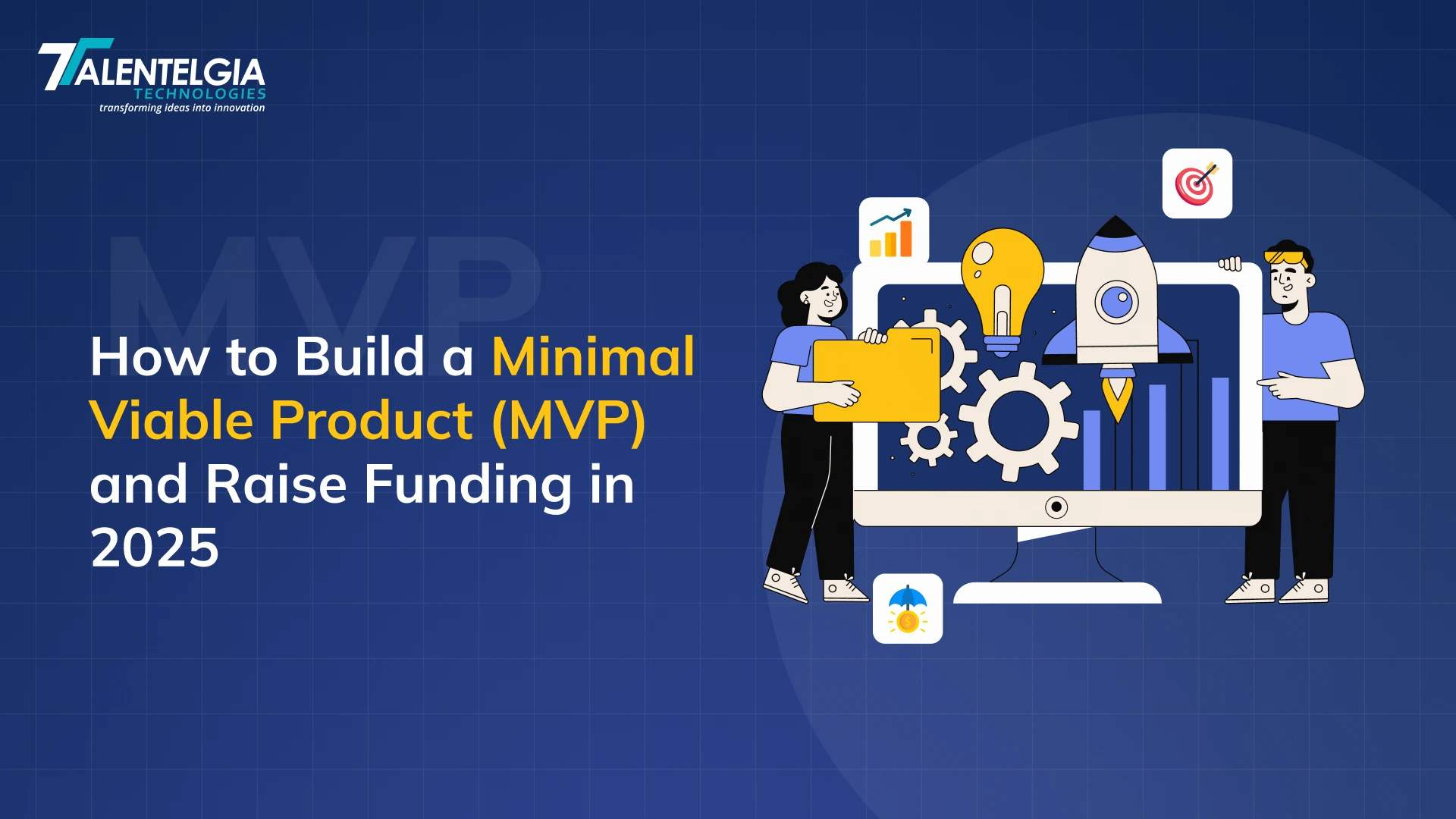

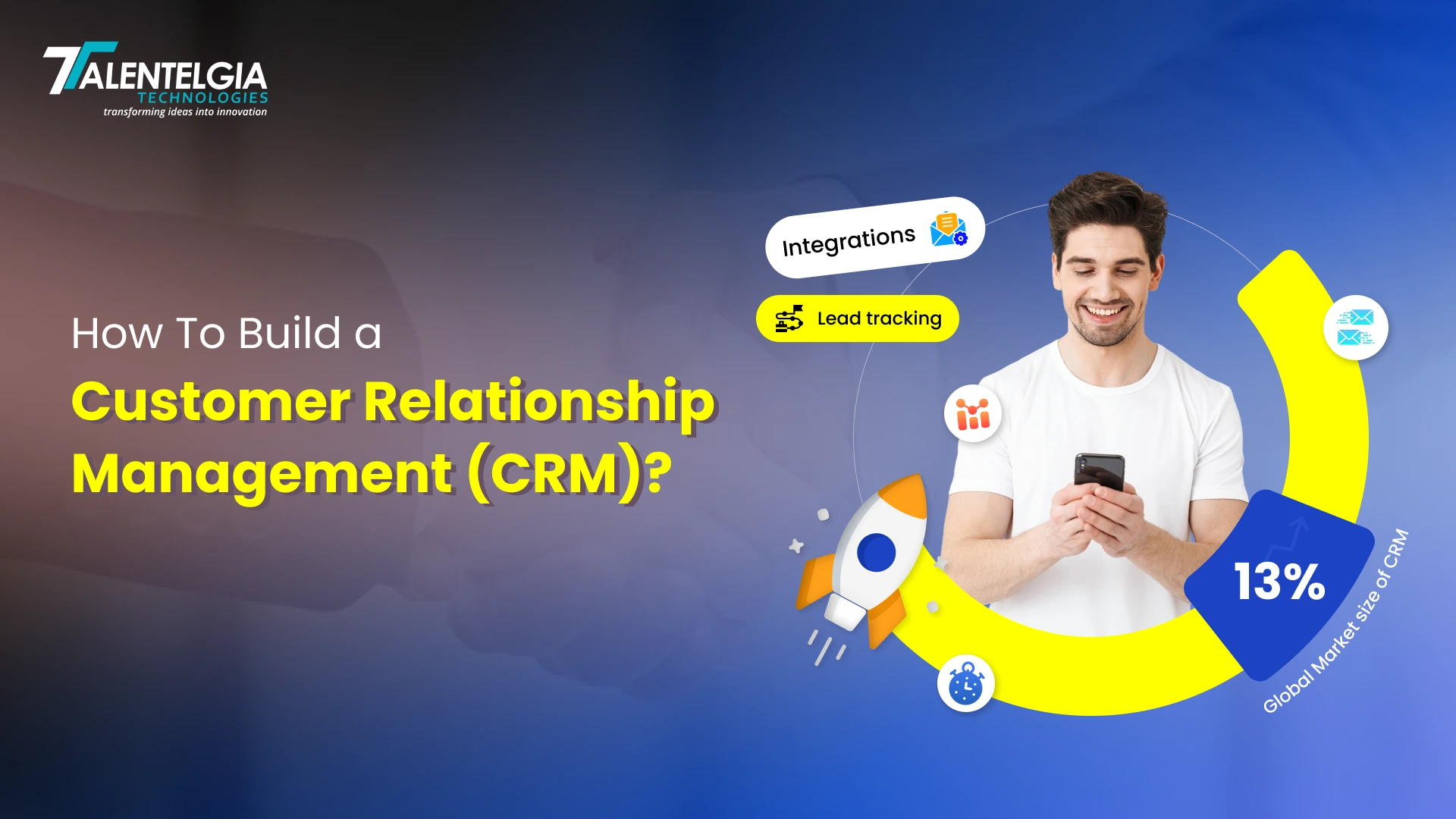

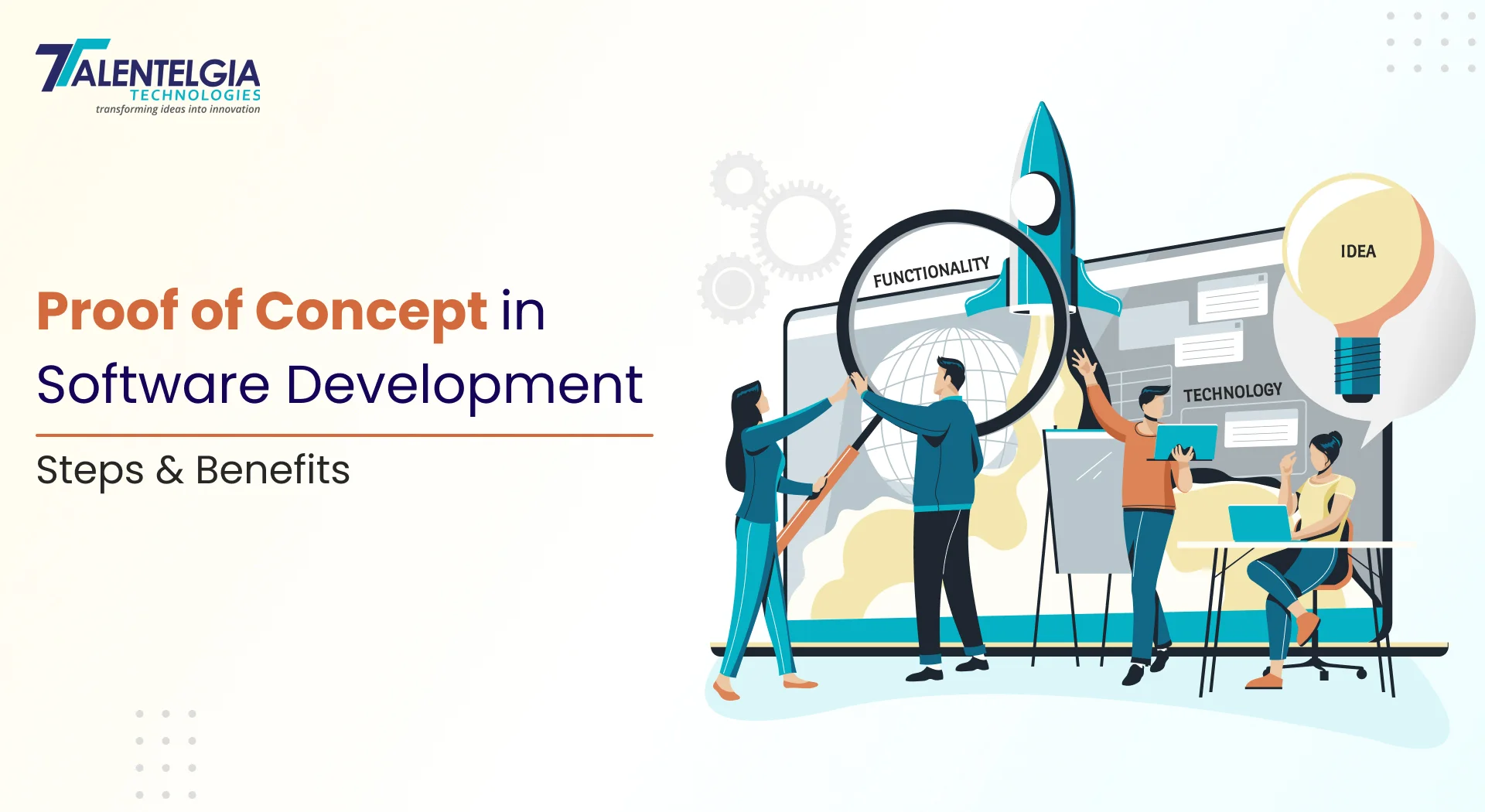
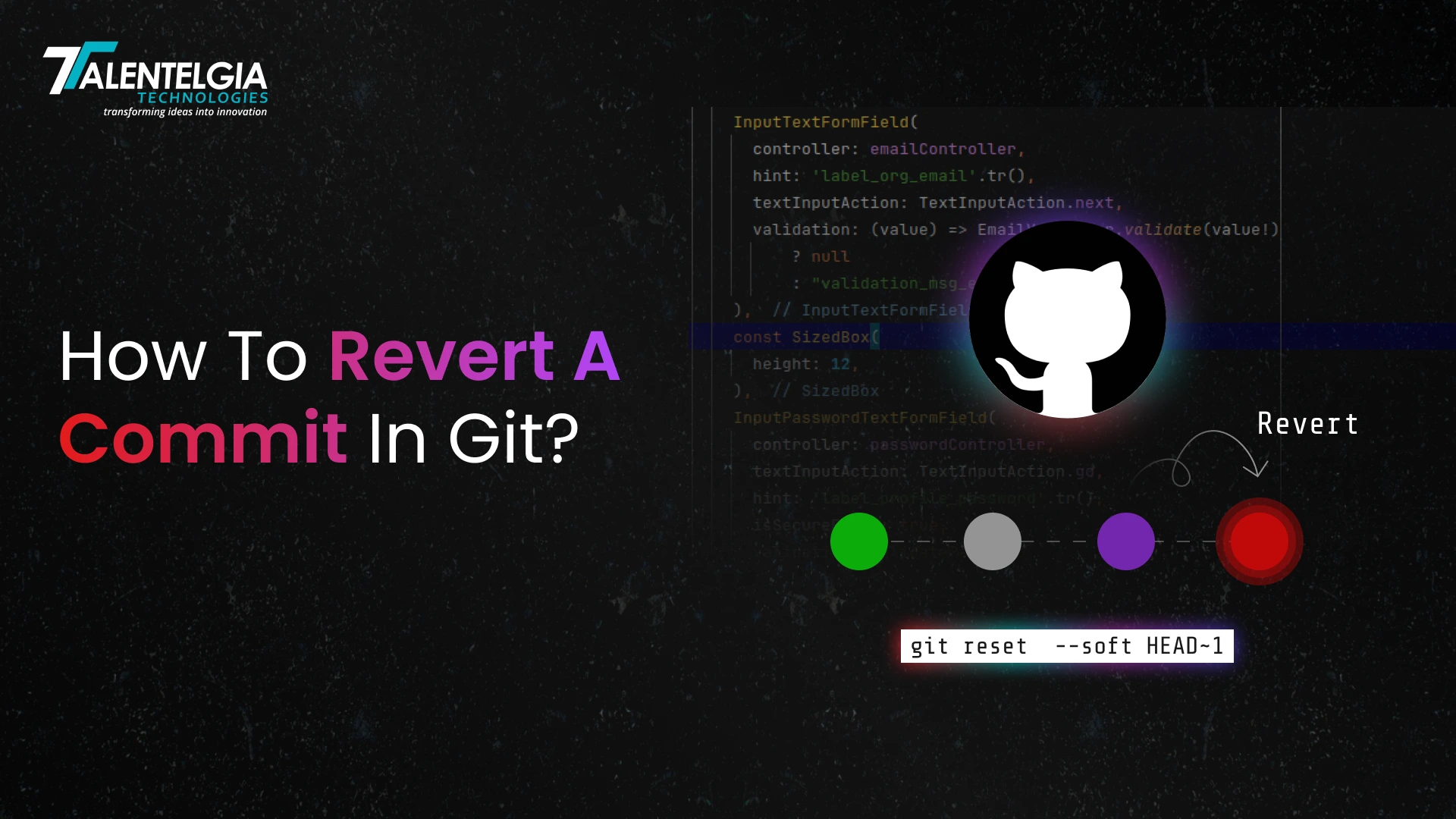










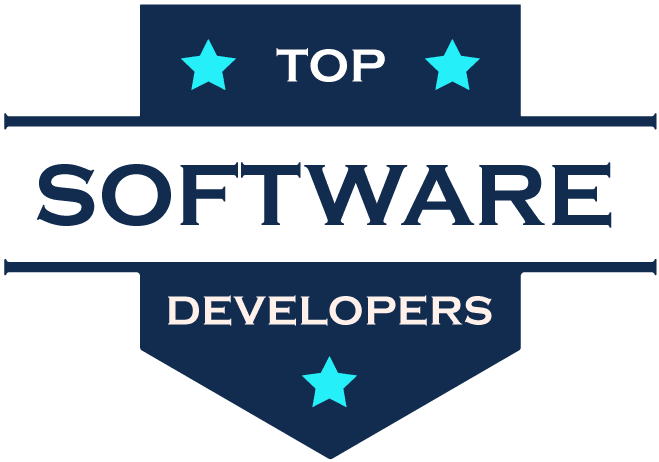
 Write us on:
Write us on:  Business queries:
Business queries:  HR:
HR: 




